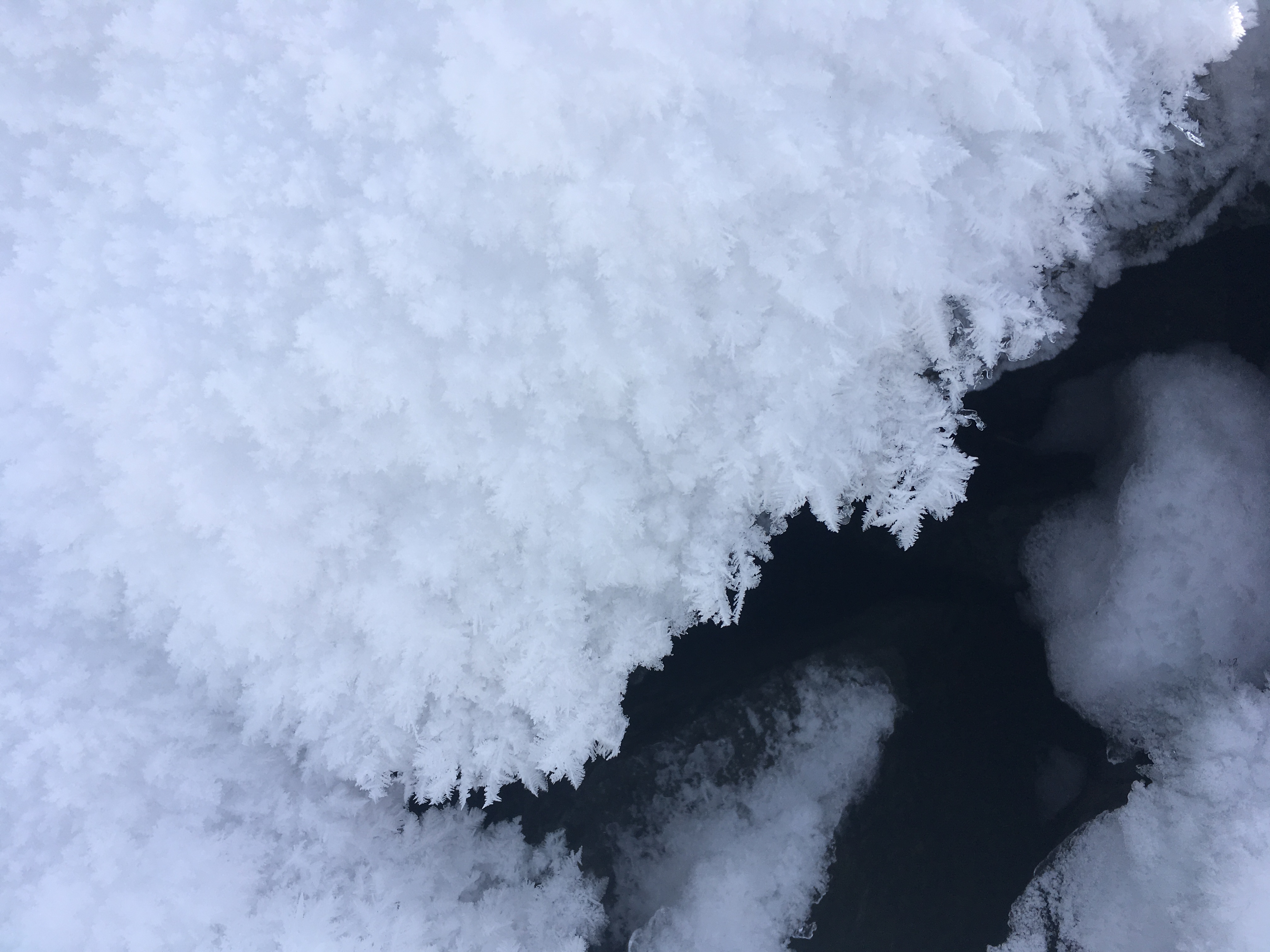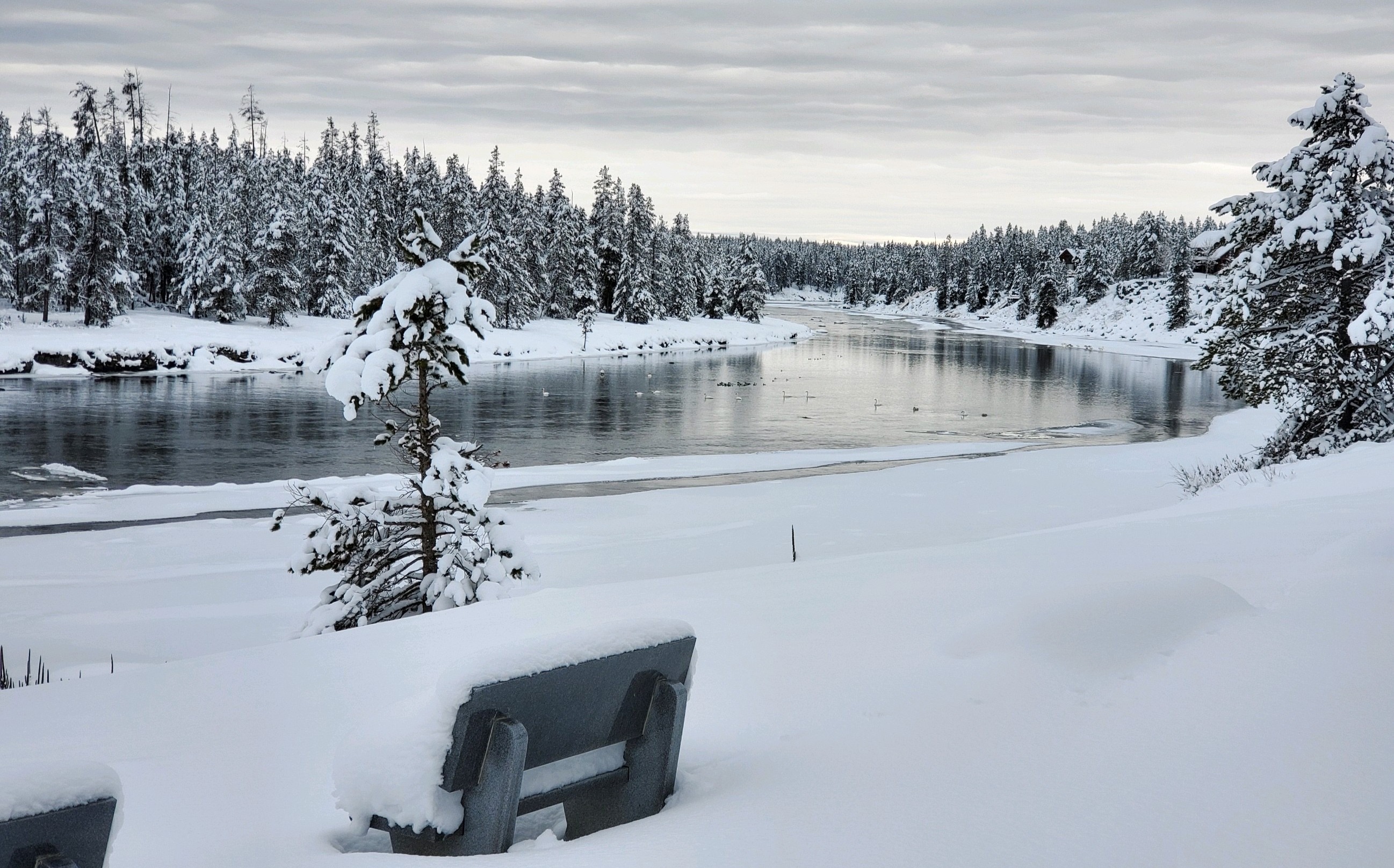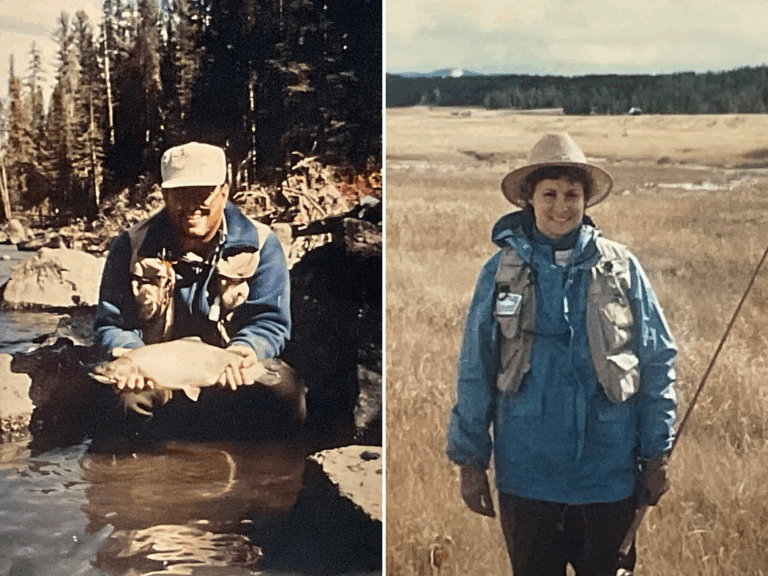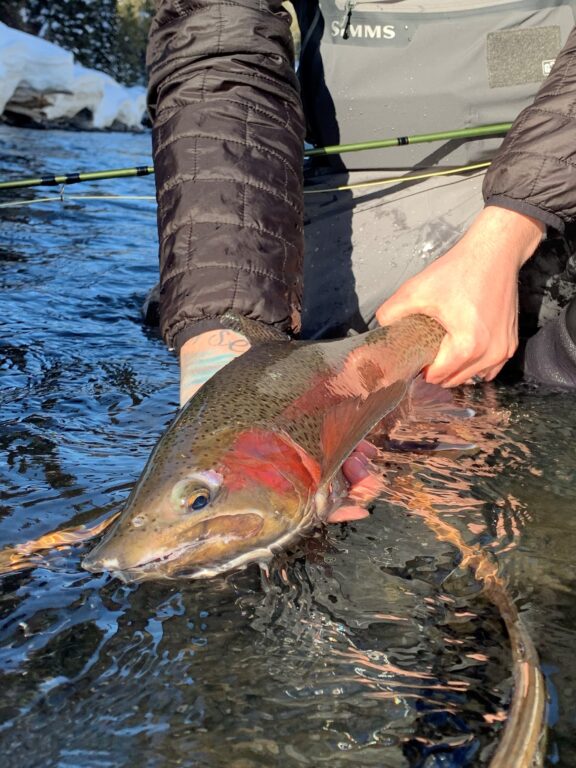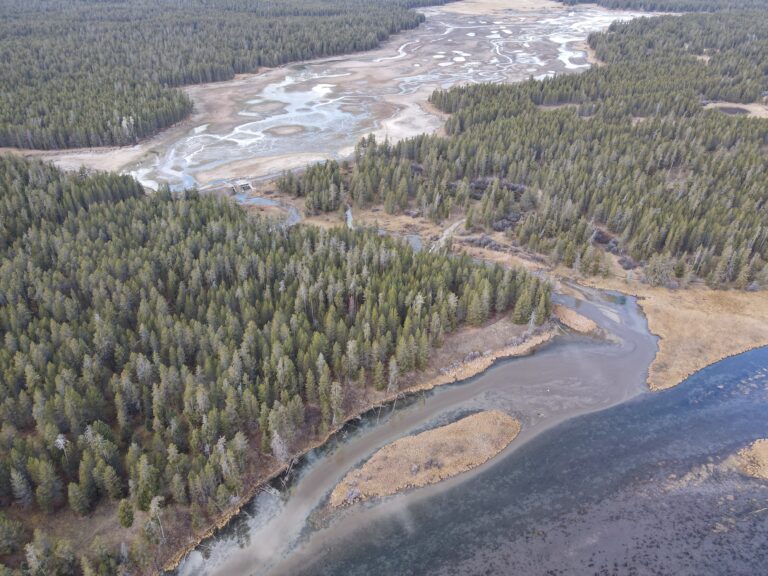
Estimation of Thurmon Creek sediment load following the drawdown of Silver Lake
In this blog post, we 1) present our turbidity and suspended sediment data, 2) explain our suspended load calculations, and 3) provide some additional information justifying why we think that a substantial amount of bed load was transported into the Henry’s Fork in addition to the suspended load. Since first observing high turbidity in Thurmon Creek and the Henry’s Fork downstream associated with the Silver Lake drawdown in November 2025, HFF’s Science and Technology team




